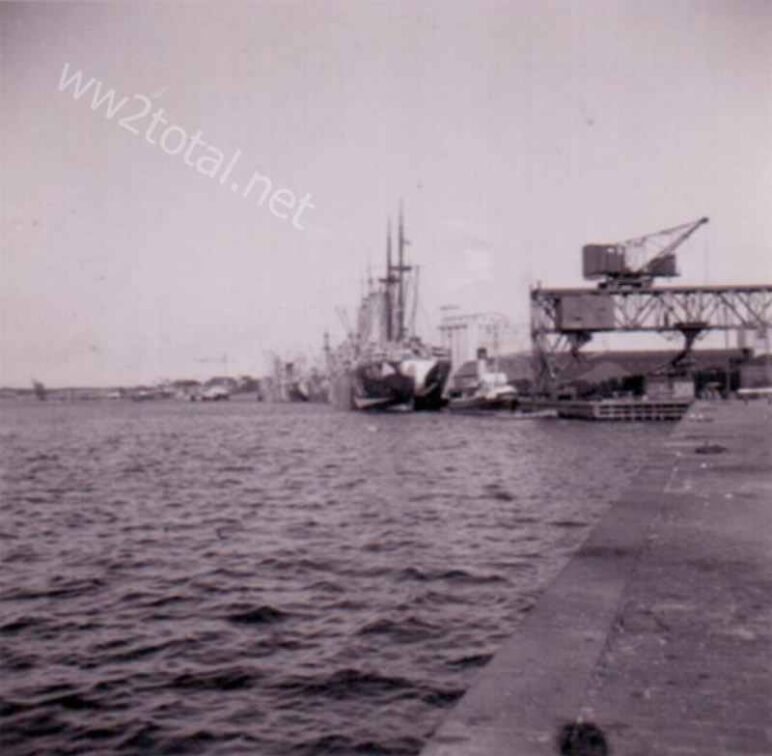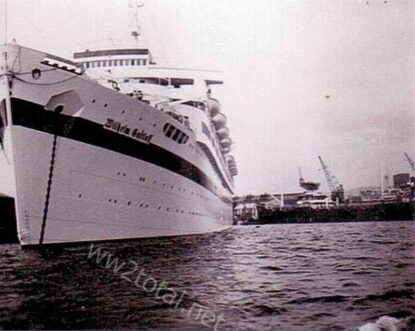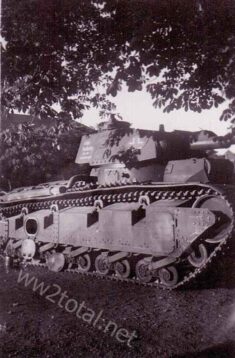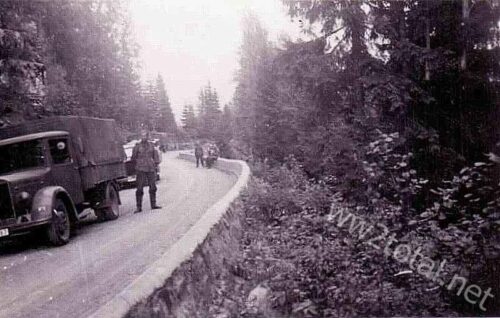Oslo and on the drive in 1940.
These pictures were taken at Oslo and on the drive of the German 214th infantry division to Kristiansand in 1940.
Please click to enlarge or to watch a slide show on one of the pictures.






Oslo and on the drive in 1940.
These pictures were taken at Oslo and on the drive of the German 214th infantry division to Kristiansand in 1940.
Please click to enlarge or to watch a slide show on one of the pictures.





